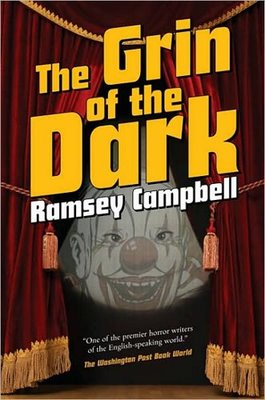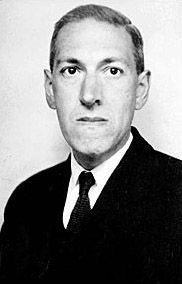From DC Medias in Paris, with slimy, tentacled, end-of-the-world love.
Tag Archives: horror
Ramsey Campbell’s ‘The Grin of the Dark’
This book shocked me. I had no idea how Cambpell would rope me in with mundane human drama of an academic struggling to publish his research, moving in with his girlfriend who has a seven-year old and excessively wealth parents who hate him. And in this context, an unspeakable evil will venture forth into our world, latched to the legend of an obscure silent-film star whose antics caused his movies to be banned. Campbell’s otherworldly view of the internet is just off enough for me to forgive its somewhat awkward role in the story’s conclusion.
The true gift is the nameless, soul-destroying dread that Campbell conjures. This has nothing to do with how creepy clowns are, that’s just the icing on the cake. I’ve never been that frightened of clowns, nor did I seek them out. Now, I’m definitely frightened of clowns
Just finished Threshold by @Auntbeast Caitlin Kiernan
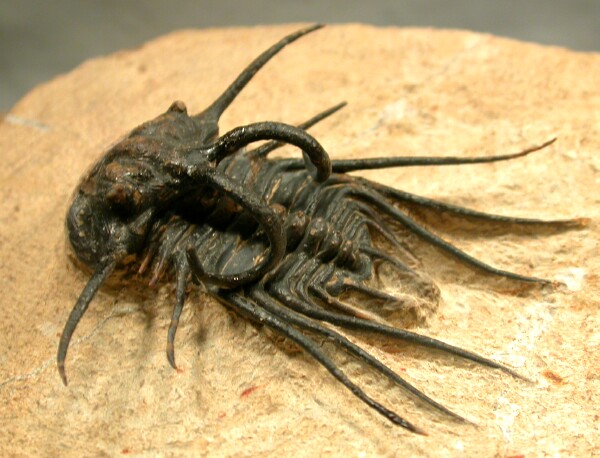
Kiernan’s storytelling is brutal, unrelenting. This is a nightmare that goes on in the day, in the night, awake, asleep – it doesn’t matter. And it can’t be explained. And in the end, these characters, and all of us, can try to be the heroes, but there’s no way to know if any of it really matters, or if any of it even happened. The only things you can be sure of are fear and madness.
‘Late Bloomer’ – 7th Grade Horror
Got this from the wonderful folks at Unfilmable. I don’t know how long the video will be available, but it’s an hilarious 13 minute film about the horrors of sex ed., and anyone who has read Lovecraft will be splitting their sides with laughter.
John Carpenter – The Ward
To watch more, visit www.t5m.com
I feel like this project has been around for a long time and I’m glad it’s finally done, but this trailer makes it look WAY too mainstream. That being said, his recent effort for the Masters of Horror series “Cigarette Burns” was so good, I have no doubt that he’s still got it. I’ll be there.
Creature Double Feature
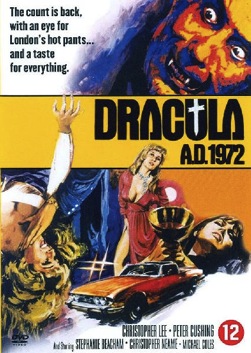
I’m really getting my money out of Netflix streaming service. Over the weekend, in honor of my old favorite “Creature Double Feature” which aired on Channel 48 WKBS in the 70’s, I checkout out a couple ridiculous horror movies and loved every minute of it.
The first of these is the horrendous Dracula A.D. 1972. In swinging London, kids seeking a thrill beyond the ordinary party crashing and fashionable chemical stimulus turn to the dark arts to bring back poor old Christopher Lee as the Prince of Darkness himself. It would have been nice for Lee to get a little more screen time in the title roles, but the hot pants were easy on the eyes, so I’m not complaining too much. Of course, the best part is Peter Cushing as Van Helsing. Even in this schlock, there is never a time when Cushing is not perfectly smooth, in control, debonair and stunning to look at. We’re talking serious man-crush here. His wardrobe was impeccable and he smokes with such precision, it was hard for me to remember how the old Grand Moff himself could have been so cool without his Silk Cuts.
After the buffoonery of Lee and Cushing cashing in, all I wanted was to see their glory days in the late fifties. The Horror of Dracula is available for streaming, but I decided to stay in the 70’s for another, more psychotic selection.
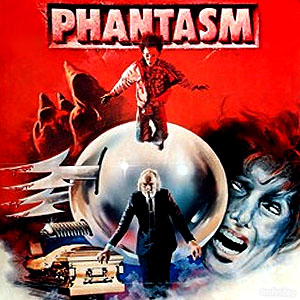
The second part of my double feature was Phantasm. This mind-bender from 1979 is proof that a movie with no coherent plot can still be a drop-dead classic. Much of the credit must go to the film’s extraordinary visual presentation. The set at the funeral home, especially the white marble mausoleum is particularly striking. The film does not shy away from showing extreme gore (it is tame by today’s standards, but it originally got an X rating) in well-lit conditions. That’s a nice touch. Angus Scrimm as the tall man is all gravitas and evil presence. He is often shot in slow motion, with his hair bobbing in the breeze and he makes his relentless approach. It is a chilling effect. And of course, there is the silver ball, which is a stroke of genius as a prop and has now become an institution unto itself. Extra credit for the triple black 1971 Plymouth HemiCuda 340, which is almost as bad ass as Scrimm’s “the Tall Man”.
Cthulhu waits…
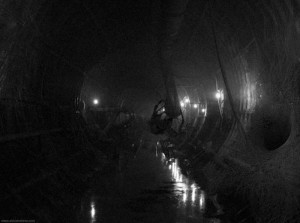 Frightening scenes from the Russian subway system. This is the artwork of Alexey Andreev (via io9). Click image for full-size, insanity-inducing horror.
Frightening scenes from the Russian subway system. This is the artwork of Alexey Andreev (via io9). Click image for full-size, insanity-inducing horror.
H. P. Lovecraft: there was definitely something VERY wrong with that dude
After coming at the thing from the wrong direction, like looking through binoculars backwards, I have finally digested a few of Lovecraft’s stories. I can think of no other single author who has exerted such profound influence on so many works of film and literature that I hold dear.
So now I finally have an appropriate anthology at my bedside (paper, not electronic), and I begin to understand why Neil Gaiman, Alan Moore, John Carpenter and so many others hold this obscure author from Providence, RI in such high esteem. And it would please me to discuss with each of you the infinite dread this man contemplated, the way in which he saw human existence as among the most insignificant phenomena in the universe, and the way we are all saved by our inability to conceive of the greater chaos and darkness that lurks just out of sight, waiting to swallow us whole for no reason whatsoever. It is truly chilling.
But even after the briefest examination of Lovecraft’s few published works, there is another, equally nauseating aspect of his writing which all to readily asserts itself. It is one thing for an author to possess certain traits that I find disagreeable. I need not share identical political, social or religious views with any artist whose work I admire. But here, the problem is that the ignorance, the hatred, the racism, the anti-semitism is all right there in the work. And it too is horrifying.
What do we make if all this? How much can we ignore or forgive or explain away? I look forward to delving into the learned discussions to see what the scholars suggest. But, for now, I am baffled.

